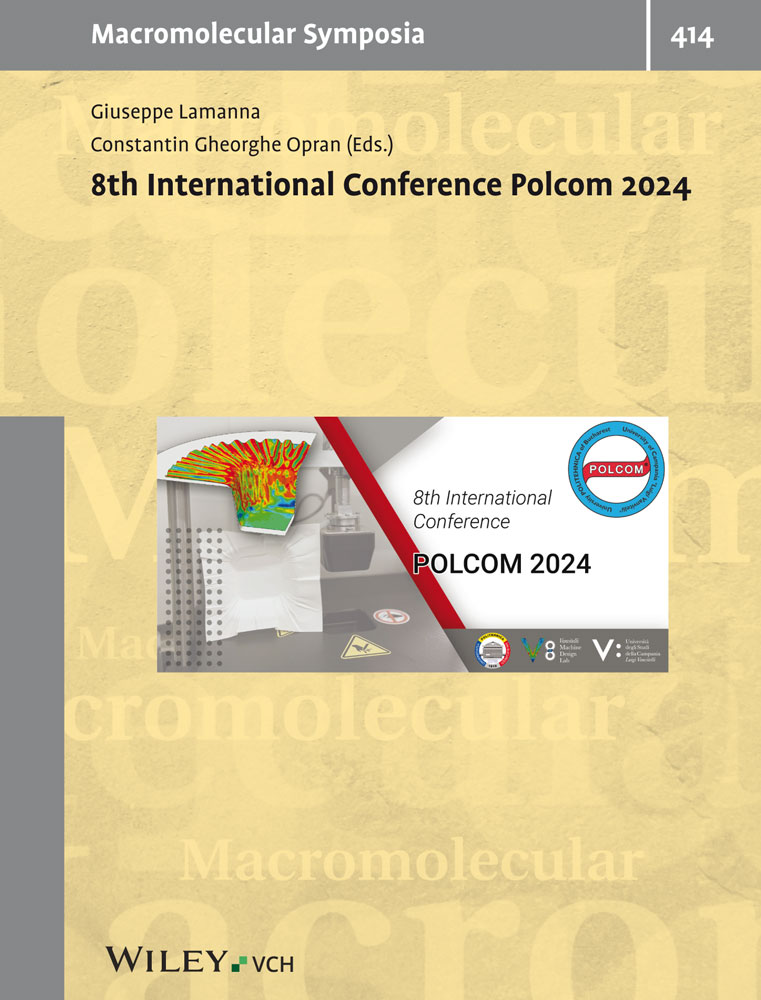Light, Small Angle Neutron and X-Ray Scattering from Gels
Abstract
This paper gives two examples of experiments that demonstrate the power of small angle scattering techniques in the study of swollen polymer networks. First, it is shown how the partly ergodic character of these systems is directly detected by neutron spin echo experiments. The observed total field correlation function of the intensity scattered from a neutral gel allows the ergodic contribution to be directly distinguished from the non ergodic part, at values of transfer wave vector q that lie well beyond the range of dynamic light scattering. The results can be compared with those obtained at much lower q from visible light scattering.
Second, a recent application of small angle X-ray (SAXS) and neutron (SANS) scattering is described for a polyelectrolyte molecule, DNA, in semi-dilute solutions under near-physiological conditions. For these observations, the divalent ion normally present, calcium, is replaced by an equivalent ion, strontium. The comparison between SANS and SAXS yields a quantitative picture of the cloud of divalent counter-ions around the central DNA core. At physiological conditions, the cloud is thinner than that predicted on the basis of the Debye screening length but thicker than if the counter-ions were condensed on the DNA chain.




